Slow Food, Fast Changes. We Met Carlo Petrini ...
In the heart of Langhe, the eno-gastronomic paradise of Piedmont, close to Turin, stands a fascinating campus, revolutionary in terms of schooling in a very internationalized atmosphere that brings continents and cultures closer together than one might have ever imagined.
The University of Gastronomic Sciences was founded by Carlo Petrini, who was born and raised in Piedmont and is the mind and the founder behind the global Slow Food movement, and a celebrity in certain professional and educational circles in the United States and in the world.
This is a campus like no others: typically Italian in its architecture (built around Roman ruins), location and setting, it has more foreign students than Italian ones; and built as a campus, it has spread around the nearby cities, reproducing the American formative experience of the college years, a very rare and unique experience in Italy where young students don’t typically room and board together or take classes far away from home.
Its students are not only from some of the smallest countries in the world, but they also carry on agricultural traditions that are sometimes very different from those of the Western world. They might have never seen a university nor lived in an actual city before, but through scholarships and farmers’ meetings such as Terra Madre they’ve come into contact with new ways of thinking about food, culture, environmental policies and economic development.
Although extremely focused on food, eating and the Slow Food movement philosophy - a movement begun in 1989 to oppose the fast food culture and to protect disappearing local traditions and authentic dishes and tastes - this is not a cooking school, a Cordon Bleu-type of workshop for young chefs, nor is it a center to theoretically analyze the anthropological elements of food.
All these elements are present, but at the University of Pollenzo, Gastronomic Sciences are seen through the eyes of biology, chemistry, global economy, environmental practices and actual production.
Its labs, classrooms and workshops are sci-fi like, with technology that is not even on campuses like Stanford or Harvard. There is a tasting room where each cubicle is connected to a computer, three kinds of lighting systems to analyze the look of a product and its appearance, advanced technologies to enhance the taste, the smell and a state of the art kitchen where the products are prepared.
While touring the campus with Mr. Petrini, we met with some of the freshmen, who were looking around the campus fascinated: kids from Spain, Turkey and the United States. John, from Kenya, lived on a very small piece of land in Africa with nine brothers and now discusses the issues of biodiversity, techniques of agriculture and organic foods. He works on campus, tries to keep his GPA high for his scholarship and in only one year has learned Italian and improved his English is the language in which most of the classes are taught.
This private university is very selective and will shape the minds of a new generation of young gastronomers, politicians, farmers, and food experts who will revolutionize the way we think about food for generations to come.
After an incredibly great and relaxing lunch, I sat down with Mr. Petrini and asked him some questions.
How did Slow Food arrive from Italy to the United States?
The first signs of the spread of the Slow Food movement appeared in the early 1990s in the United States and the essential idea behind the movement was the respect for different food cultures in the world. Our approach in this primitive stage was maybe geared towards the wrong target, though, and limited its message instead of moving it forward. We contacted and tried to establish ourselves through the Italian communities abroad, which lead people to believe our focus was on trying to give value to Italian products. Our idea was the opposite of a niche cuisine.
At the beginning, probably for six or seven years, we lost touch with the American reality, and Slow food, in the United States, was closely associated with the Italian or Italian American culture and there was a fascination for the concept of “slow” vs. fast as a philosophy of life, as the embodiment of the “Italian” way of enjoying life.
When we realized that the true essence of Slow Food was instead to deeply understand the diverse souls within the workers on a planetary level, their efforts linked to agriculture, environment policies and the production of food, we hit the jackpot in America where, starting with the ‘90s the interest in the politics of food was developing more and more. At that point Slow Food became the vessel, the symbol of this new wave which started with a very peculiar campaign in the US, a campaign that fought for the production of cheese made from raw milk (formaggio di latte crudo) which, up until that point, no one was allowed to produce in the United States. We collected thousands and thousands of signatures in all the states and the movement grew, touching upon the issues of biodiversity and the diversity of products. Now you can find these kinds of cheeses everywhere in the United States. I was behind the movement that led to the creation of tons of farmers’ markets, as we know them today. One of the first markets that I personally helped open was in 1996 in Chicago, and then there was another one in New Orleans.
Now you have thousands of them; and while at first they attracted only the wealthy, now they are being created even in the more impoverished areas or in the ethnic areas such as the Hispanic neighborhood in San Francisco.
Can you give an example of how the issue of food diversity came about in the US?
Well, for example there are the micro-breweries that produce beer. In the ‘80s in the US there were mainly a few giant companies producing beer. Now there are over 3500 breweries, recognized and widespread, that have already conquered over 10-12% of the market and that are unique in their own ways (one might follow the Dutch tradition, another the English one).
In Europe we have a rich diversity of items produced, and it’s an historical legacy, which must be protected. In the US instead it’s the other way around: they are building from the bottom to the top and creating a “new” diversity, thus going back to the roots.
So how did the perception of Slow Food change through the years?
Well, after a while it no longer was an Italian association launched abroad, but a global association. Now we have over 40,000 members of Slow Food in the United States, more than 200 convivia (local chapters), in all 50 states. We are studied and presented in 25 universities by on-campus organizations and we have 600-700 productive communities that work on biologic and organic agriculture.
How did the Italian University of Pollenzo get started?
The idea came around 1998-99 and it wasn’t long since we already prepared curricula, calendars and programs. Then we got permits from the authorities and organized the campus life. Classes officially started in 2004 and every year we have more and more applicants but we are very selective so that only a small group can benefit from a great amount of personal attention to every student’s needs and interests. We follow the European degree structure (3 + 2 years of study) and we have master courses that are attended mostly by International students, especially Americans.
(While we were walking around the campus he also added that the university is very focused in connecting the students to the real world.)
We create groups of three to four students that then travel together and practice through projects and internships all across Italy and the world. They are accompanied by a professor or Slow Food member and they have over 120 options: internships in Brazil, the United States, Japan, India, Africa. We give two HD video-cameras to each of these groups and they interview chefs, experts, people around them and then they bring everything into our labs and we collect these testimonies, creating what we call “Granai della memoria”. Then we discuss themes and edit them in our classes.
We are also creating options for students to build a community and create their own small micro-society. We want to create Gastronomic Societies on campus where you have a structure with a kitchen, where the students can cook, eat and invite 20-30 people, but they have to share their expenses, utilities bills, etc.
You are coming to New York at the end of August and in October to present your initiatives such as the Food Expo/convention Terra Madre. You’ll also be present at the inauguration of Eataly in Manhattan (A food and wine center founded by Oscar Farinetti where visitors can buy, taste and learn about high-quality food and drink already famous in Turin and other Italian cities). Why is Eataly important in the context of Italian cuisine abroad?
There are great expectations for the opening of Eataly in New York. You have to start by contextualizing Italian gastronomic culture in American society, which is a complex and exciting issue. Italian food culture has always had a strong identity, but there are so many nuisances and a huge amount of syncretism that developed through the years.
The original memories and traditions of our immigrants have mixed with the new knowledge, technologies and modus operandi of the American society, so nowadays we are looking at an extraordinary gastronomic phenomenon which embodies all the variegated faces of Italian American cuisine.
There is a famous movie “Big Night” in which two Italian American brothers are trying to save their restaurant from failure. One brother is more of a traditionalist, attached to authenticity while the other looks with envy at the nearby restaurant, that is more Americanized and sees that it attracts more clients. The movie revolves around the conflict between these two views. Nowadays this same conflict is not only in restaurants but in American households since people know a lot more about the origins of food.
Eataly comes at an interesting time with a mission that goes beyond bringing Italian excellence abroad. It focuses, instead, on the Italian esprit, because American society doesn’t want to be colonized by our products. The main concern is on the freshness of the product.
Authenticity is important, but bringing fresh products from Italy, most of the time, is counterproductive for the environment. Americans are moving towards a local culture and on top of this we are consuming Co2 when we transfer fresh peppers from Italy to the United States. So it will be interesting to follow the way Eataly imports its food on sale and display.
Obviously there are things like a bottle of Barolo, or Parmigiano Reggiano DOP that can only be produced in Italy; but when you are making pasta with tomato sauce in Manhattan, it makes more sense to get those tomatoes from a farmer in the states of New York or New Jersey than from Italy.
It will be interesting to follow the relationship between Eataly and the local farmers while promoting and keeping the Italian tradition at its best.
Eataly will be central in dealing with three important realities: the Italian savoir faire, the Italian DOP products and the American products produced with the Italian “spirit”.
In any case its inauguration comes at a time when Americans are generally very open to and understanding of Italian culture.
Carlin Petrini has also founded Terra Madre, which is the most important meeting of farmers and local producers in the world, with 5000 delegates from 163 countries. From the United States alone there are about 600 delegates. Along with the farmers come the universities, the experts, the restaurant owners, and everyone who works on the politics of food. The next Terra Madre meeting will be in Turin, Italy on October 21st, and Petrini is planning to host the following one in the United States calling over 10,000 farmers.
Mr Petrini is coming to the United States this fall to speak at the most important Ivy league Universities: Harvard, Yale and Princeton, and also Taft University in Boston. He wants to engage as many young people as possible so that they will learn that food is essential to understanding our world, the environment and the global economy, and our way of life. In this way, young people are more and more informed and aware of other cultures, of food “ethics”, quality, and dietary laws. Young people need to glance at developing countries such as Africa, India, and China in order to really comprehend the revolutions in agriculture and the economic growth that will sprout from of these developing societies.






























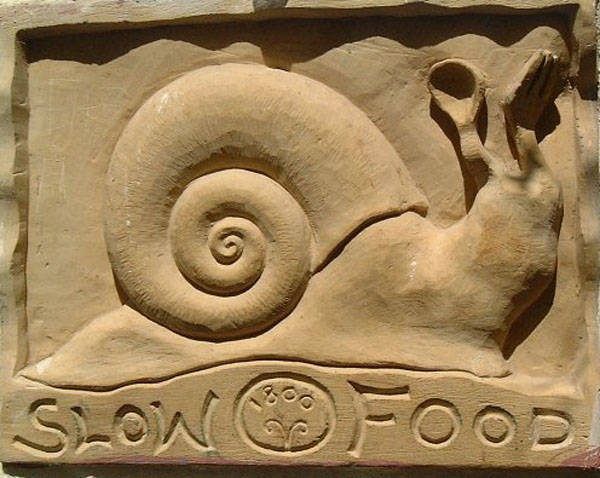
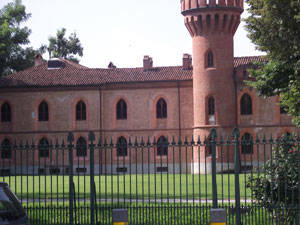
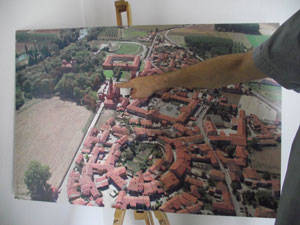
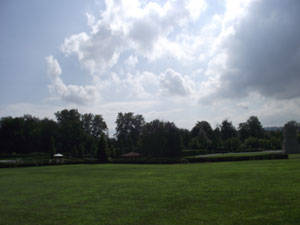
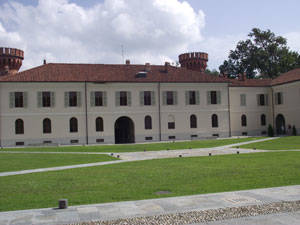

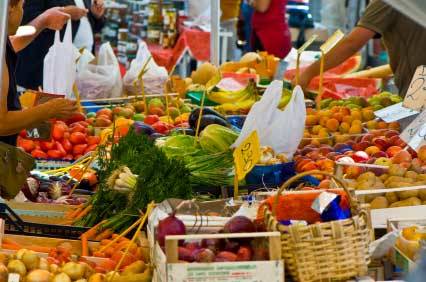
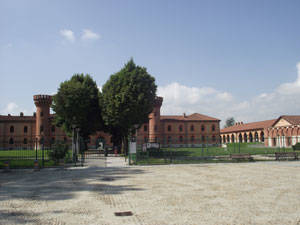
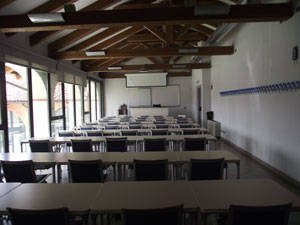
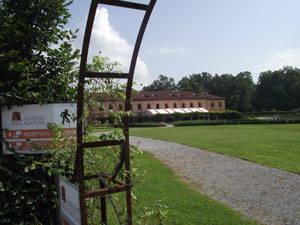
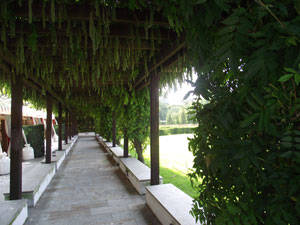
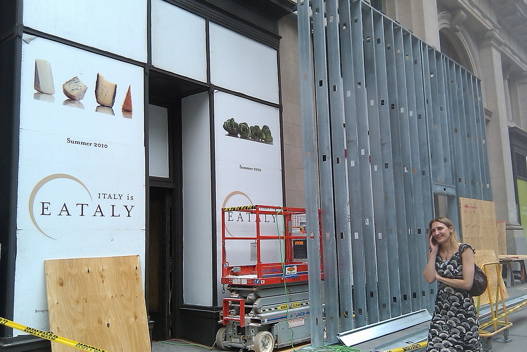
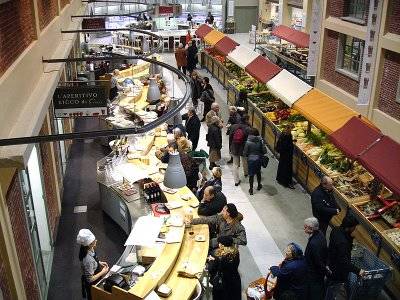
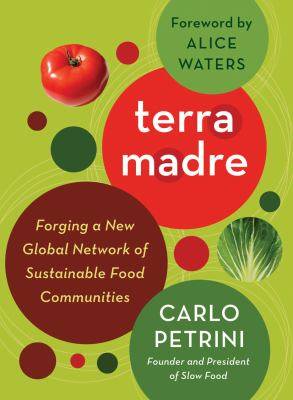
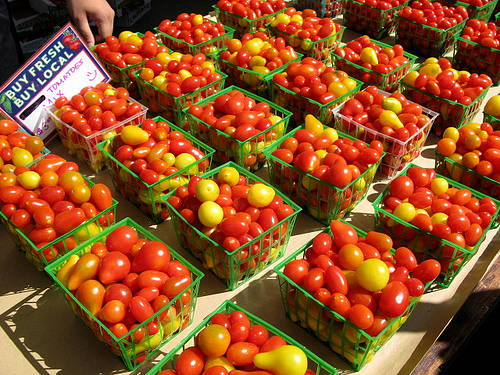






i-Italy
Facebook
Google+
This work may not be reproduced, in whole or in part, without prior written permission.
Questo lavoro non può essere riprodotto, in tutto o in parte, senza permesso scritto.